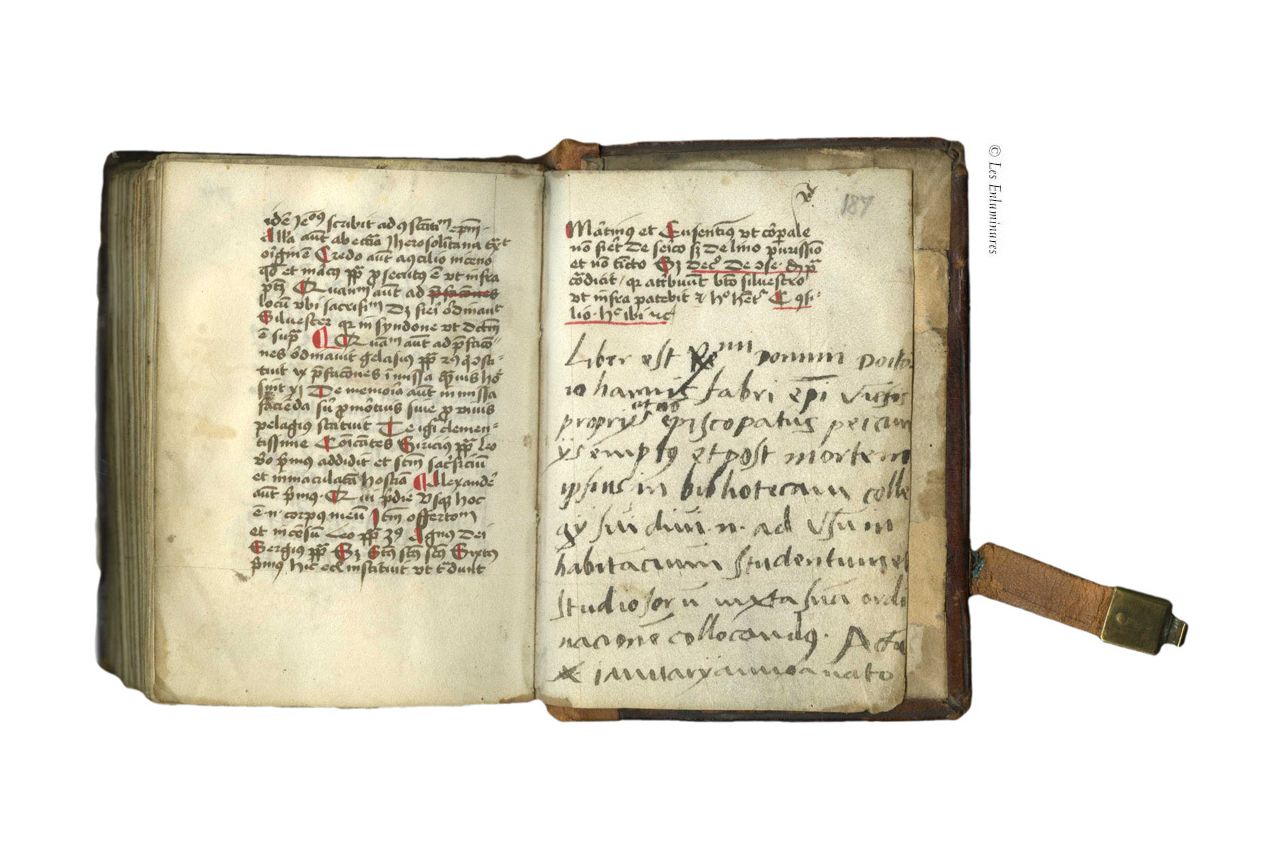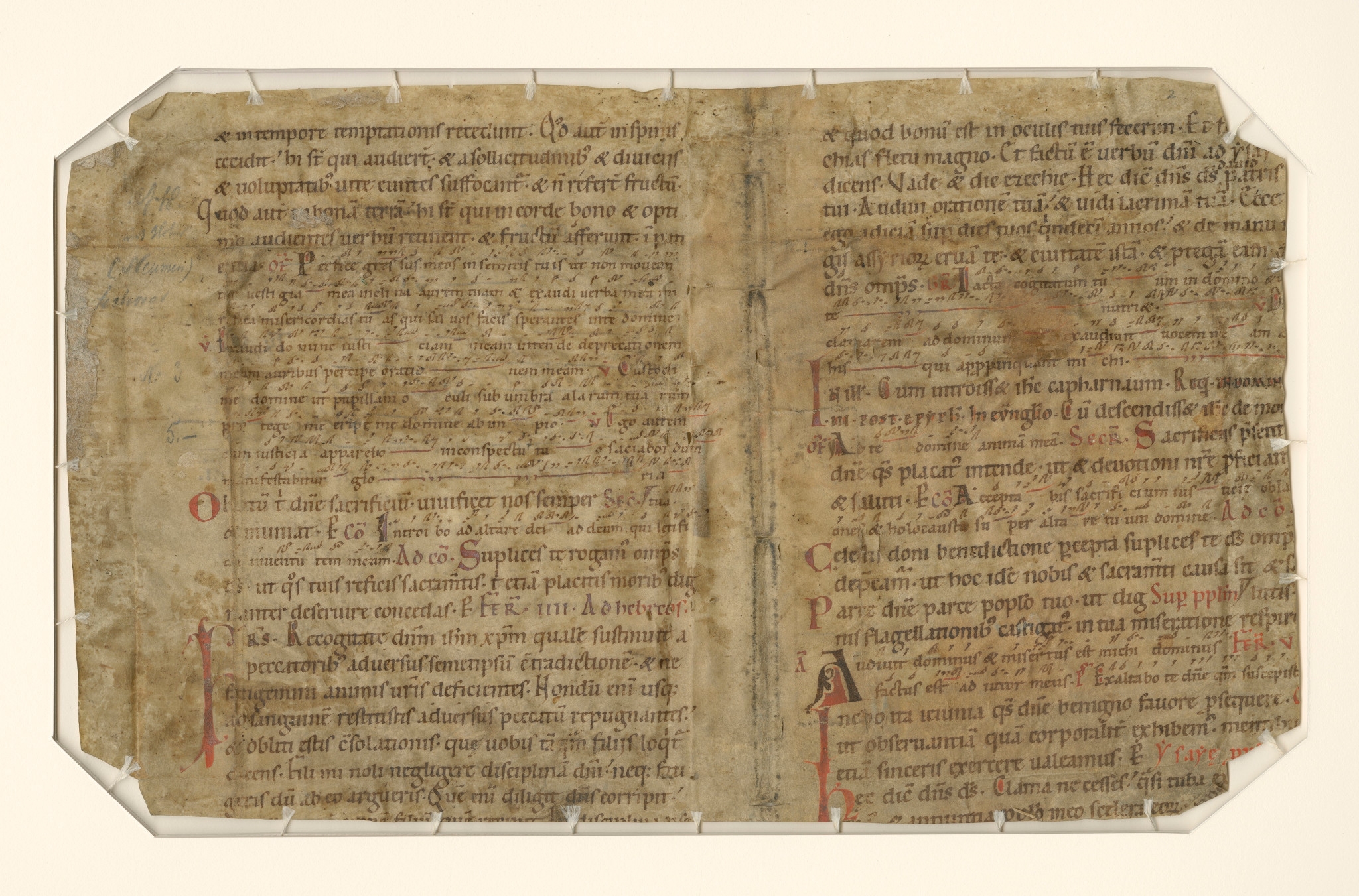
Section containing background and technical information. For example, if you know that the shelfmark for the Lewis Psalter is Lewis E 185, you may go directly to the records for that manuscript by scrolling down the list and clicking on "Lewis E 185."Ībout partners and other sites devoted to medieval manuscripts. The shelfmark list allows you to browse the collection by the unique number assigned to each manuscript object. A shelfmark is the same as a call number. A complete list of all shelfmarks in the collection. For example, you may find all manuscripts produced in the thirteenth century by entering a begin date of "1200" and an end date of "1299." Searching by date range allows you to narrow your search to manuscripts produced within certain chronological ranges. Search for items within a selected date range. Lists all subjects beginning with a specified letter. A Boolean keyword search of subjects associated with each image. For example, "Flanders" refers to manuscripts produced in an area that now comprises parts of modern day Belgium and France. Occasionally, certain medieval geographical boundaries are used if it is impossible to determine a more precise location. In general, countries are identified according to modern political boundaries. Searching by country allows you to narrow your search to manuscripts produced in a specific country or countries. Choose from a list of countries represented in the collection. A keyword search of Subject, Notes, Artist, Scribe, Script, Caption, Title, Shelfmark, Call Number, City, and Region. The following searches or browse capabilities are provided: Specific images, manuscripts, and subjects can be accessed by searching the database using the forms on the Search page. The search pages for the site are built on a relational database containing pointers to approximatelyĭigitized images.

#Public domain images medieval manuscripts free#
Information about the Free Library's physical manuscript collection, and a digital look at some of our most significant items.

Manuscript Basics, including both a guide and a glossary for non-rare book specialists.

The site is divided into six areas reflected in the main menu items:


 0 kommentar(er)
0 kommentar(er)
